There are dozens of quad core Android smartphones in the Rs 10,000-Rs 15,000 price range. However, many MNC companies have launched their dual core Android smartphones in the same price range too, which raises an obvious question- Are these quad core phones any better than dual core handsets?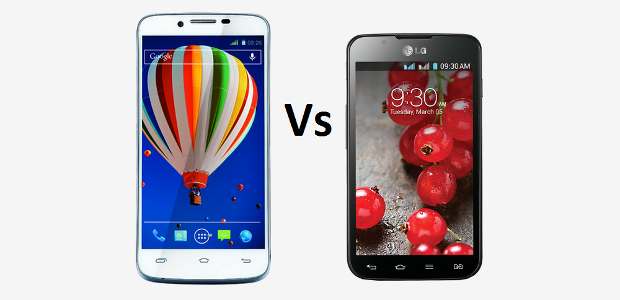
Here we have taken two handsets – one from an MNC brand with a dual core Processor and another from an Indian brand with a quad core processor. Both are available for around the same price – Rs 15,000.
The handsets in question are the LG Optimus L7 II Dual P715 and the Xolo Q1000.
###PAGE###
Design
LG Optimus L7 II is really light and very compact, which makes it very easy to hold and operate even with one hand. It would appeal particularly to those who do not want a big handset. To be specific, the Optimus L7 II has 9.7 mm thickness, 66.6 mm breadth and 122.2 mm height. It weighs just 127 grams.
In comparison, the Xolo Q100 is even thinner with 8.8 mm thickness. It is less broad (70.8 mm) than the LG handset but is quite tall at 143.5 mm. Thus, despite having a 5 inch display, the Xolo Q1000 is manageable with one hand.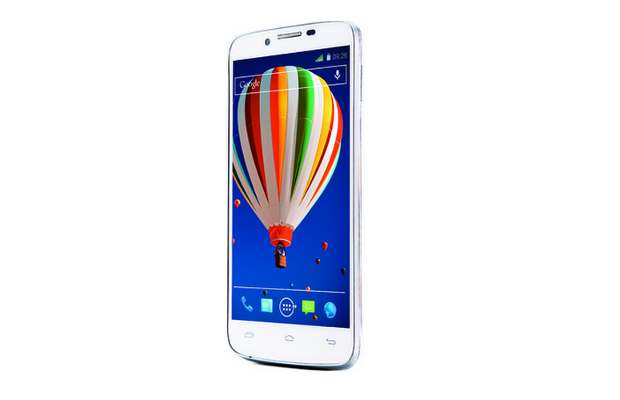
Though the exact weight of the Xolo Q1000 has not been taken, some sources put it at 151 grams, which is not threatening but of course more than that of the LG Optimus L7 II.
Display
As I said earlier, the LG Optimus L7 II comes with a smaller 4.3 inch display which has WVGA (480 x 800 pixel) resolution. That translates to 217 ppi pixel density. On the other hand, the Xolo Q1000 boasts a 5 inch display with 1280 x 720 pixel Resolution that translates to a healthy 294 ppi pixel density.
###PAGE###
Battery
The size and weight of a device depends a lot on its battery. But, curiously, the LG Optimus L7 II has a bigger battery (2460 mAh Li-Ion) than the Xolo Q1000 (2100 mAh) despite its smaller size. The bigger battery and the smaller profile should obviously give the LG Optimus L7 II an advantage vis-Ã -vis the operational life over the Xolo Q1000. However, that is not the case if the official figures are any indication.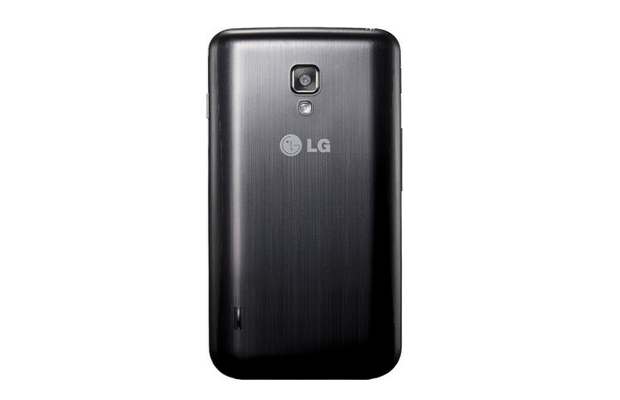
For instance, according to Xolo, the Q1000 gives 14 hours or 840 minutes of talktime over 2G network while LG says the Optimus L7 II gives only 750 minutes of 2G talktime. Similarly, the Xolo Q1000 has higher 3G talktime of 650 minutes against 570 minutes of the LG handset. On the other hand, the LG Optimus L7 II has a huge Standby time (800 hours on both 2G and 3G) against 350 hours (2G, single SIM) of the Xolo Q1000.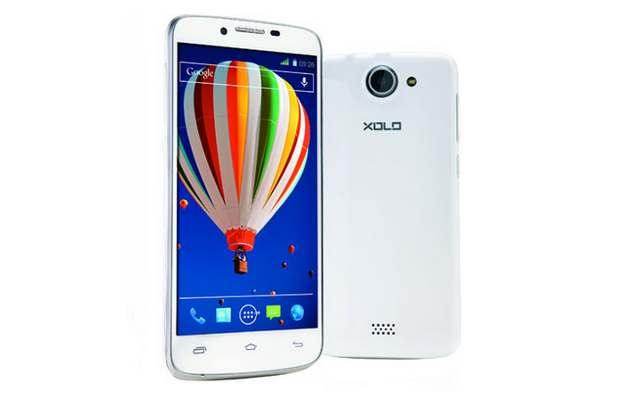
These are official figures which are of course referring to ideal conditions and thus in real life situations battery life can vary. Anyway, we are in the process of reviewing the two handsets and we will reveal exact figures soon. Nonetheless, though, it seems a peculiar situation where the Xolo Q1000 has an upper hand.
Memory
Both handsets have almost the same storage space. The LG Optimus L7 II Dual has 1.78 GB of internal storage; Xolo Q100 has 4 GB of hard disk space of which around 2 GB is available for users. Both have a 32 GB expandable micro SD card slot.
###PAGE###
Processor, OS, and RAM
Of course, this is the biggest differentiator. The LG Optimus L7 II Dual has a 1 GHz Qualcomm MSM8225 Snapdragon dual core processor, Android 4.1.2 Jelly Bean operating system, and 768 MB RAM. It comes with the Optimus 3.0 user interface, which is very intuitive as far as our ‘hands on’ experience showed us. We will talk about its user interface in detail in our full review.
The Xolo Q1000 on the other hand comes with a Mediatek (MT6589) quad core processor, 1 GB RAM and Android 4.2 Jelly Bean operating system. It also has a PowerVR SGX 544 graphics processing unit against the Adreno 203 of the LG Optimus L7 II.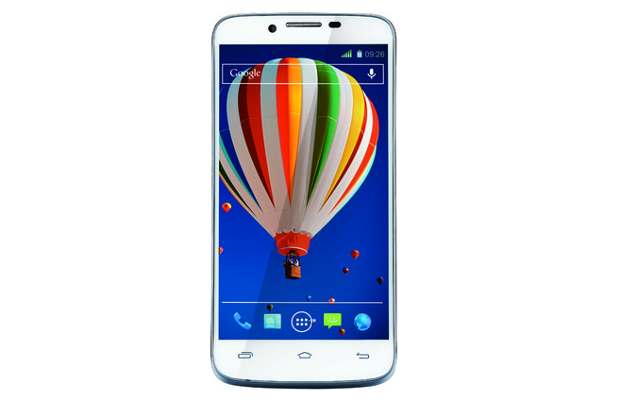
This combination of Xolo Q1000 beats the LG handset in every department, be it graphics or processing muscle. No doubt, on the Antutu benchmark the Xolo Q1000 got a score of 12990 against a paltry 5961 of the LG Optimus L7 II Dual.
###PAGE###
Camera
Going by the figures, the Xolo Q1000 has an upper hand in the camera section over the LG Optimus L7 II with its 8 Megapixel rear camera and a 1.2 megapixel front camera; against the 8 megapixel rear and VGA front camera of the latter. However, I would like to give LG the benefit of doubt as handsets of Indian companies always give below par result despite their tall figures.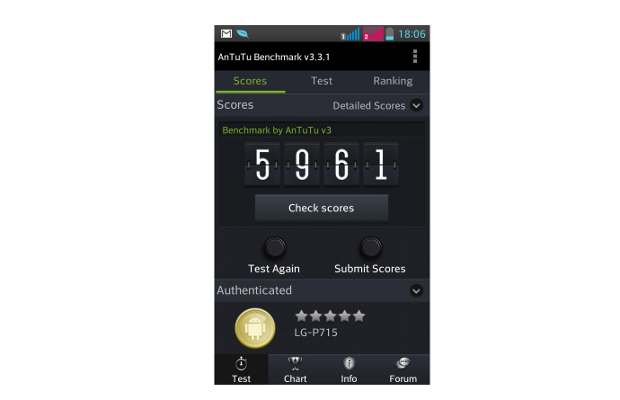
Connectivity
The Xolo Q1000 comes with WiFi (b/g/n), Bluetooth 4.0, micro USB port, dual SIM slot, and 3G download speeds of up to 42.2 Mbps. The LG Optimus L7 II Dual too has WiFi (b/g/n), a dual SIM slot and a micro USB port, but it has Bluetooth 3.0 and only 7.2 Mbps 3G download speed. It has an additional DLNA feature.
Conclusion
As far as the above comparison shows, the Xolo Q1000 wins hands down over the LG Optimus L7 II Dual with its powerful muscle and big screen. However, as far as our prior experience goes, handsets of MNCs have good optimization and features. For instance, the LG Optimus L7 II comes with the Quick Memo feature, which was introduced with the Optimus Vu. 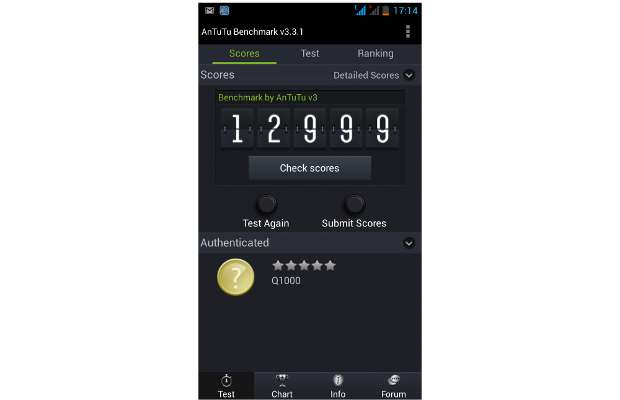
As I said earlier, we are in the process of reviewing both the handsets, so keep checking The Mobile Indian for a detailed insight into the functioning of both Xolo Q1000 and LG Optimus L7 II.


